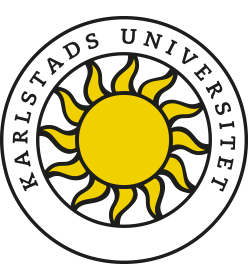Geografi i studentexamen i Finland: Hur skolans kursutbud påverkar de studerandes val av krävande uppgifter i gymnasieskolans slutexamen
Emneord (Nøkkelord):
GEOGRAFI, STUDENTEXAMEN, GYMNASIESKOLA, BLOOMS REVIDERADE TAXONOMI, GYMNASIETS LÄROPLANSammendrag
The upper secondary school in Finland has experienced major changes in both the national curriculum and in the matriculation examination, a nationwide exam that is taken during the final year of upper secondary school. The digitalization of the exam in recent years has had an impact on the assignments in the test. Our research question concerns the causal relationship between the number of geography courses a school offers and the quality of the students’ answers. Our empirical material consists of the students’ performance on the geography assignments in the matriculation examination in the spring of 2010 (an analogue exam) and 2020 (a digital exam). The performance is studied in relation to the share of the students’ answers on questions which, according to Bloom’s revised taxonomy, require higher-order cognitive skills. We utilise multiple regression and control for several contextual factors. We find strong empirical evidence for a positive correlation between the number of geography courses a school offers and the level of difficulty of the assignments that the students choose to tackle. This correlation exists in the digital exam of 2020, but not in the analogue exam a decade earlier. Our findings have important implications for forthcoming development of national curricula and matriculation examinations.


